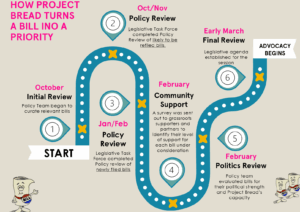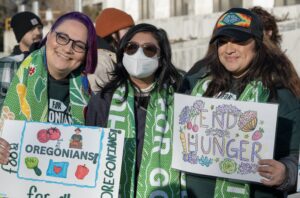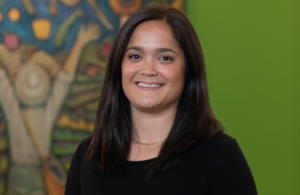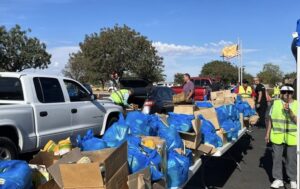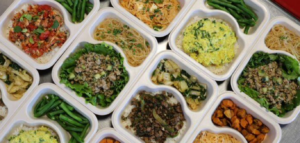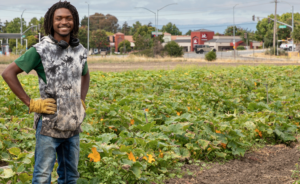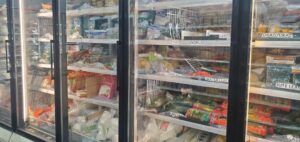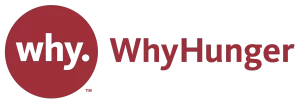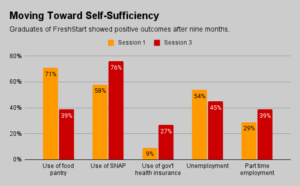Although Good Shepherd Food Bank has long served diverse communities across Maine, it wasn’t until Covid-19 hit that the organization realized how much variety there was in the food its clients wanted – and how little of that variety it provided.
The problem became apparent when fears about how the virus was spreading forced the food bank to pre-package food and focus on pantry staples. Fresh produce was popular across the board, but the shelf-stable items did not fit how many people ate.
“I keep saying, ‘I’m so sorry that it took a pandemic for us to realize how much we were falling short,’” said Kristen Miale, the food bank’s president. “We’re eyes wide open now, and hopefully on a path to doing a much better job.”
One big step on that path was the food bank’s launch of a community redistribution fund that gave out $200,000 in two weeks to organizations that work closely with BIPOC, immigrant and refugee communities. Priority for the grants was given to community organizations that were not already partners of the food bank and were led by and served mostly people of color. The grants specifically supported efforts to source and distribute culturally relevant food.
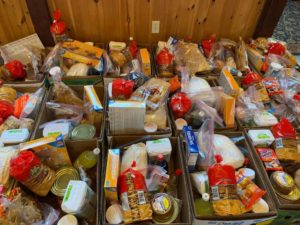
In creating the fund, Good Shepherd was able to redirect money to groups that could deliver the food most effectively. “We realized that Good Shepherd getting really significant amounts of donations was another avenue of white privilege playing out,” Miale said. “We were the trusted organization because we were the familiar one.”
Among the recipients of the redistributed grants was a group that grows foods that are traditional to Maine’s four tribes, known collectively as The Wabanaki Confederacy. Another recipient was a Black-owned farm raising halal meat.
Now in its third round of giving through the fund, Good Shepherd is one of a growing number of food banks launching initiatives to tackle inequities in food access, including Food Bank of Western Massachusetts, which is making its food distribution network more equitable, and Oregon Food Bank, which is focusing on its internal policies and practices as it addresses equity. In the United States, minorities are much more likely to go hungry than are white people – Native Americans at a rate that is 2.9 times higher, Black people at 2.4 times and Hispanics at double.
The push to advance greater food equity is starting at the top of the charitable food pyramid. In early March, the U.S. Department of Agriculture launched a commission to study equity, with Agriculture Secretary Tom Vilsack saying it would “begin the process of investigating all of the programs at USDA to make sure that we identify and root out any systemic racism that may exist in those programs.”
Also in March, Feeding America launched a grant-making effort called the Food Security Equity Impact Fund. Seeded with a $20 million donation from MacKenzie Scott (one of dozens of grants the billionaire philanthropist made to food banking organizations late last year), the fund will drive investments to communities of color disproportionately affected by the pandemic.
In addition to its fund, Good Shepherd, the largest food bank in Maine with 2019 revenues of $58 million, according to Food Bank News’ listing of the largest 100 food banks, will start buying foods such as cassava leaves, salted fish, palm oil and a wider variety of rice now that it better understands what the community eats. Rather than only offering gift cards to the regional grocery store chain, Miale wants to work with ethnic grocers so people can shop within their communities and access the ingredients they need to make the foods familiar to them.
“This is a time when families need rituals, and traditions are more important than ever,” she said. “Food is sometimes a lot more than just food. These nuances that we think aren’t that important do matter.”
Good Shepherd is making organizational changes, too. For its latest round of grantmaking, it invited previous recipients to administer funds – a way to address the power food banks traditionally hold over the communities they serve. The food bank will also move more quickly to deploy funds and avoid long periods of planning, Miale said.
“‘People are hungry, we don’t have time for you to plan,’” she remembers hearing from one of the key community partners that have helped Good Shepherd with its transformation. “That’s what we need to hear. We’re going to make mistakes, but we can’t let that stop us.”
Another food bank tackling inequities in food access is Second Harvest Heartland in Minnesota, which in January hired Sook Jin Ong as its first director of diversity, equity and inclusion. The organization has spent years building up the capacity to hire for this position, which will keep matters of diversity front and center.
“We need a director to make sure someone is stewarding this work,” Ong said. “I’m spending a lot of my time going across the organization to different teams asking, ‘What are you trying,’ so that we can be more intentional about setting meaningful goals to be more equitable.”
The food bank is also training leaders to become comfortable with checking in when their employees may be having a tough time. The local trial of Derek Chauvin, the former police officer who knelt on George Floyd’s neck, has weighed differently for staff members, Ong noted.
“We’re trying to help people have those difficult conversations,” she said. “People are starting to learn a shared language as to how we talk about it.”
In California, Alameda County Community Food Bank is expanding its decade-long work in equity by expanding its team with the hire of an Equity and Inclusion Coordinator to report to the current Manager of Equity and Inclusion, Sheila Burks.
Burks helps onboard new staff at the food bank and partner organizations with a six-hour training that discusses race, power, privilege and class through a framework called, “Bridges Out of Poverty.” They also watch “Race: The Power of Illusion,” a three-part documentary that discusses the construct of whiteness.
The training is important to help staff understand why minorities are disproportionately represented at food distributions. “It’s not something most people have learned in school,” Burks noted. “We don’t all have the same starting place.”
Other initiatives at the food bank include expanding messaging at distributions to say welcome in six languages, as well as creating opportunities for people of color to share their stories and experiences without being talked over. She advises other food bank leaders to go into the neighborhoods they serve and to approach their work with the lens of their community’s most marginalized members.
“We need to really be thinking about economic stability in different ways,” Burks said. “People aren’t looking for handouts and somebody to rescue them. People want agency to make healthy choices.” — Ambreen Ali
Ambreen Ali is a freelance writer and editor based in New Jersey. She was formerly an editor at SmartBrief and a congressional reporter at CQ Roll Call in Washington, D.C.
Photos courtesy of Mano en Mano/Hand in Hand, a partner of Good Shepherd Food Bank.
Like what you’re reading?
Support Food Bank News
